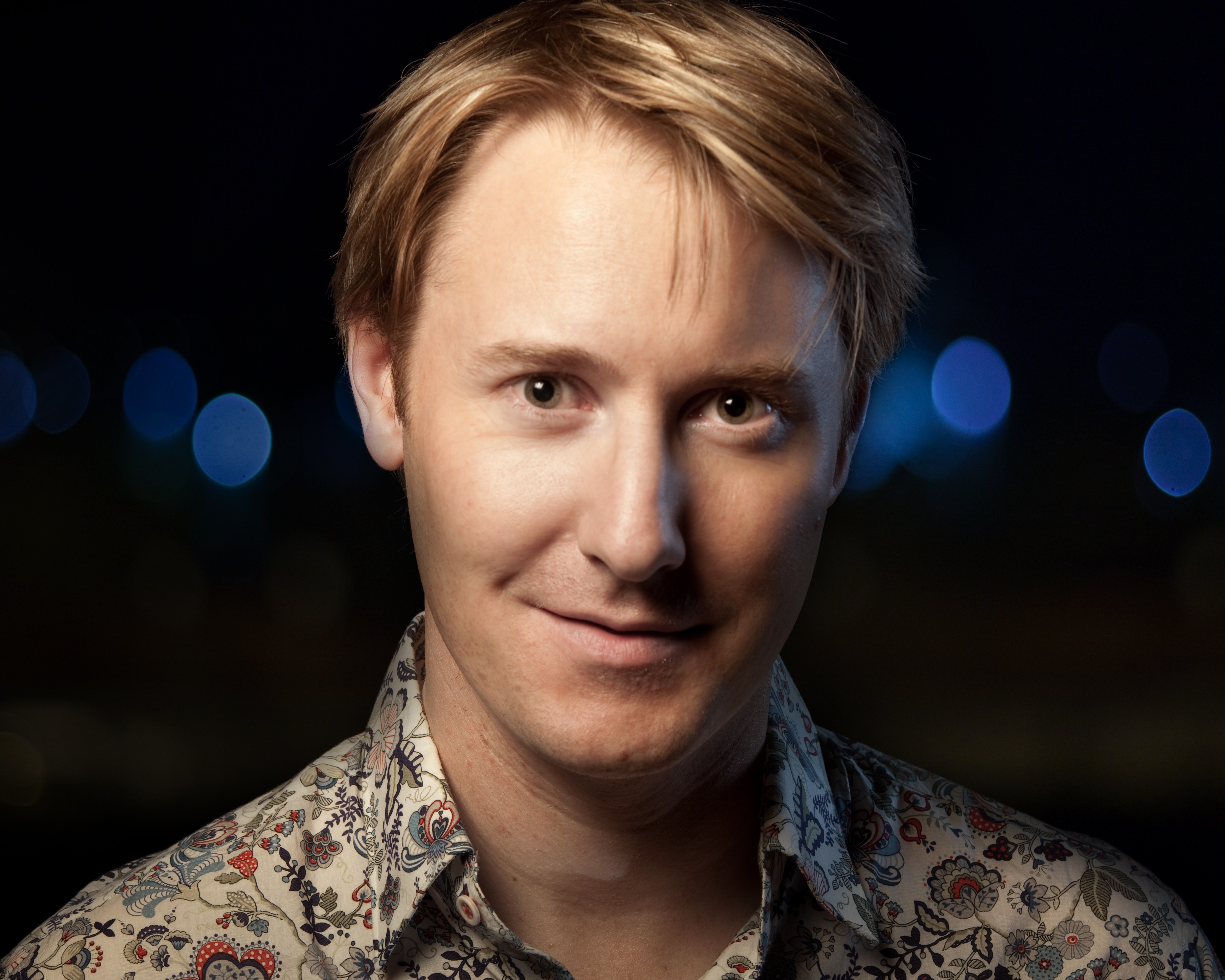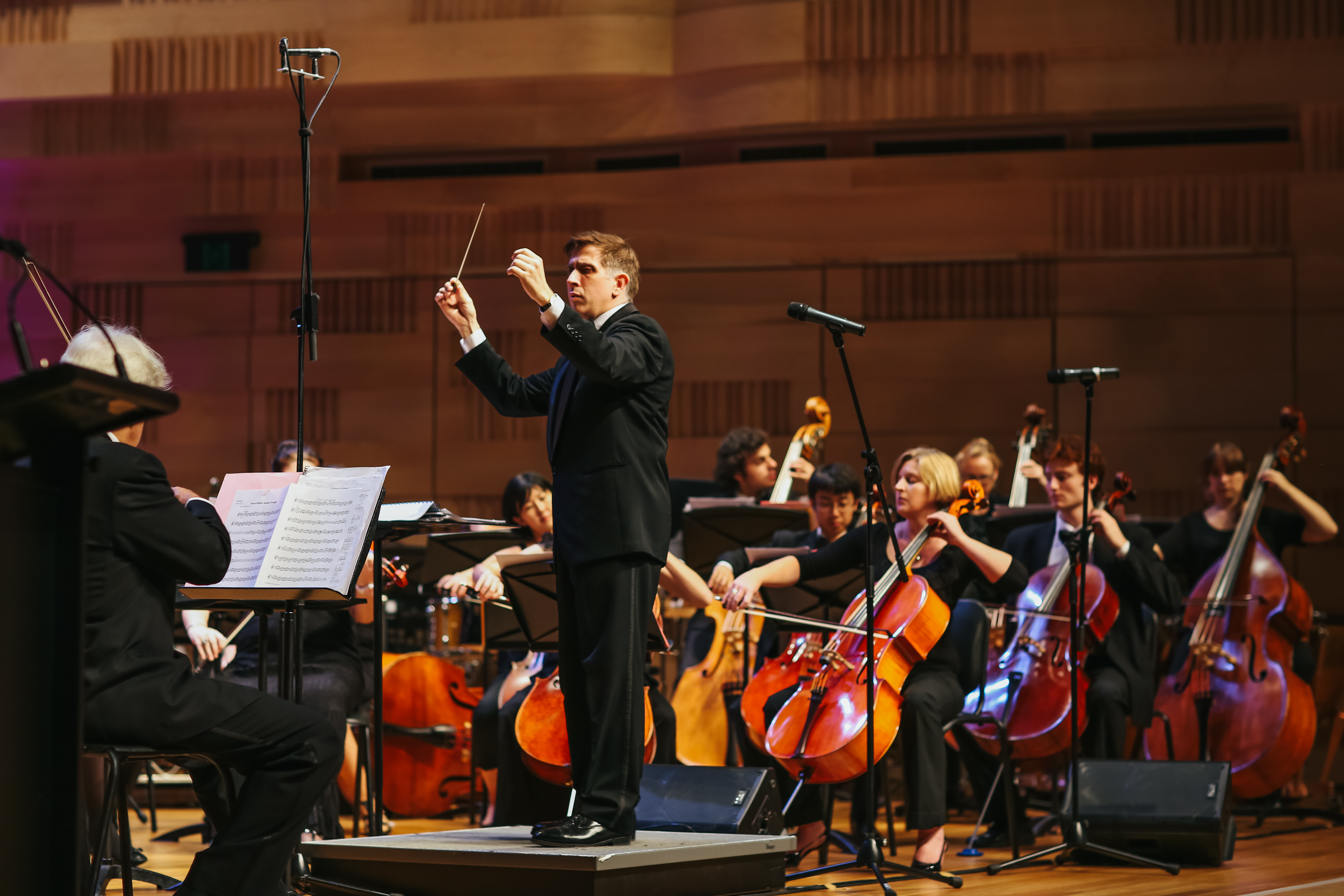Northey explores mozart’s ‘special genius’ for opera
 This week, conductor Benjamin Northey makes his debut with Opera Australia, taking the rostrum for the company’s production of Mozart’s Don Giovanni (K527).
This week, conductor Benjamin Northey makes his debut with Opera Australia, taking the rostrum for the company’s production of Mozart’s Don Giovanni (K527).
Northey spoke to SoundsLikeSydney whilst preparing for this major undertaking – preparation which has involved rehearsing with the incoming cast, assisting Mark Wigglesworth (who conducted the opening performances), being his ‘ears’ in the hall and learning as much as he could from the maestro. Northey will also conduct the production in his home city of Melbourne where he has been appointed to the Patricia Riordan Associate Conductor Chair of the Melbourne Symphony Orchestra.
Winning a string of academic and performance awards, Northey made his professional debut with the Melbourne Symphony in 2003. He has since worked with the State Opera of South Australia as guest conductor in productions of Donizetti’s L’elisir d’Amore, Offenbach’s The Tales of Hoffmann and Bellini’s La Sonnambula.
So what does Benjamin Northey aim to bring to his interpretation of Don Giovanni? Northey’s premise is that there are many levels at which the synopsis travels. For him, just telling the story is not enough. He wants to enhance the story with his perspective. For this, he has to seek out those layers and convince the singers to express them through the text. “It adds another dimension” he says, excitedly. “Opera is such an amazing art form – there is the text, the music, the acting and the visual elements…so often productions are weighted towards one or the other. My intention is to bring my version of that balance. I would really love to marry the drama and the music in my own way. This sounds like the goal of pretty much every conductor – it is so subjective. But each conductor does think about the same thing in a different way”.
Whether in comparison with other composers or in comparison with other of his works, Northey believes Mozart had a special genius for opera. “I am always fascinated by Mozart’s ability to write music that tells us not only what the characters are doing and acting but what they’re thinking as well. With Mozart, the music ‘informs’ the text – the truth is in his music”.
Having established that comparisons are spurious, I nevertheless ask Benjamin Northey if there was a musician by whose standards he studied this opera. Unhesitatingly he acknowledged that the late Sir Charles Mackerras’ later version of the opera with the Scottish Chamber Orchestra is ‘stunning’. Northey believes that research into tempo markings over the last 30 years has revealed that Mozart was very specific in his instructions and found that the tempi adopted by Mackerras were much as he expected. “Mackerras’ tempi uncovered such a freshness to that score – it seemed as though he was able to bring out the beauty as well as the brutality in the music. Though in the classical style, it is not always elegant. There is confrontation and shock in the music, and Mark Wigglesworth too was able to find the hard edges in the sounds”.
Commenting on the tempi taken by Mackerras in this recording, Stanley Sadie in Gramophone observes: “Tempos are often but by no means always on the fast side. The overture’s introduction moves swiftly and urgently, and the entire opening scene-complex …..is tautly held together, with no relaxing of the tension…I like Mackerras’s quickish tempo for the quartet “Non ti fidar”, excellently mirroring the increase of tension in the drama, and his urgent direction of much of the Act 1 finale. But he also allows his singers plenty of time to phrase their music expressively…the cemetery scene (which) has a proper sense of the hieratic and yet a knife-edge tension too…… In sum, it is a highly theatrical interpretation, one that constantly has you on the edge of your seat”.
Mozart composed two versions of Don Giovanni. The first premiered in Prague on October 29th 1787. It was immediately popular. Consequently when Mozart returned to Vienna in November 1787, and was appointed court chamber composer, the emperor requested that Don Giovanni be performed at the Burgtheater. This took place on May 7th 1788 but only after considerable revisions to suit the abilities of the singers at hand.
“Structurally,” says Northey,” it is harder to make the Vienna version work, because it is an adaptation of Mozart’s original creation – he made it work for the singers, but it was not his first choice. The Prague version is much more organic”. The opera in its present state is a tailored mix of the Vienna and Prague versions. The buffo duet for Zerlina and Leporello Per queste tue manine is omitted; the retention of the tenor arias Dalla Sua Pace and Il mi tesoro allow Don Ottavio to showcase his coloratura as well as a more intimate and lyrical style; and Elvira’s showpiece Mi tradi also retained, creates whole new dimension to her character, he adds.
There is more in store for Benjamin Northey at Opera Australia as he returns to Sydney next March to again explore the “special genius” of Mozart in opera when he conducts the Jim Sharman directed production of Cosi fan tutte.
Don Giovanni is being performed at the Opera Theatre of the Sydney Opera House until Saturday 5th November.
SdeS






